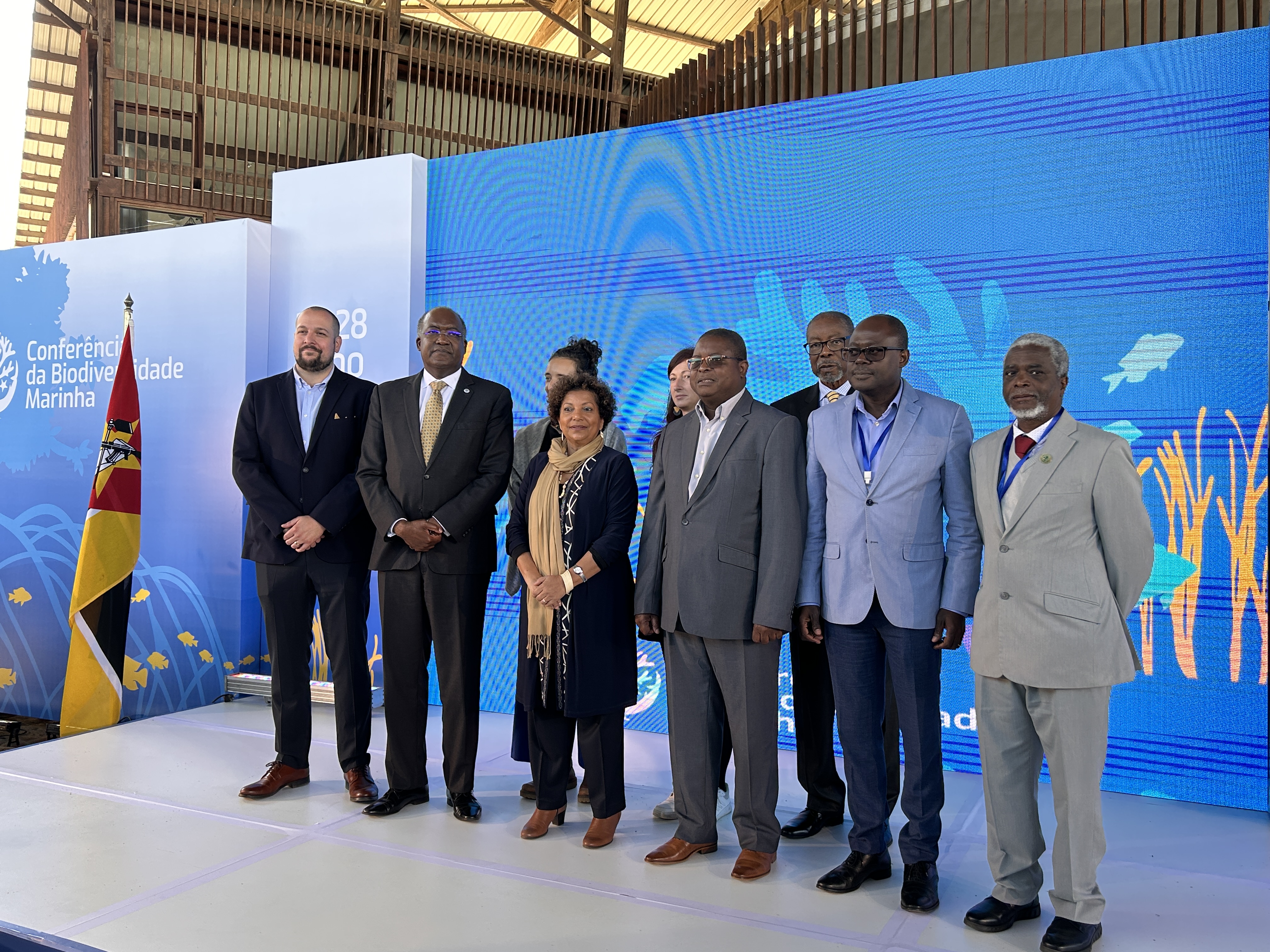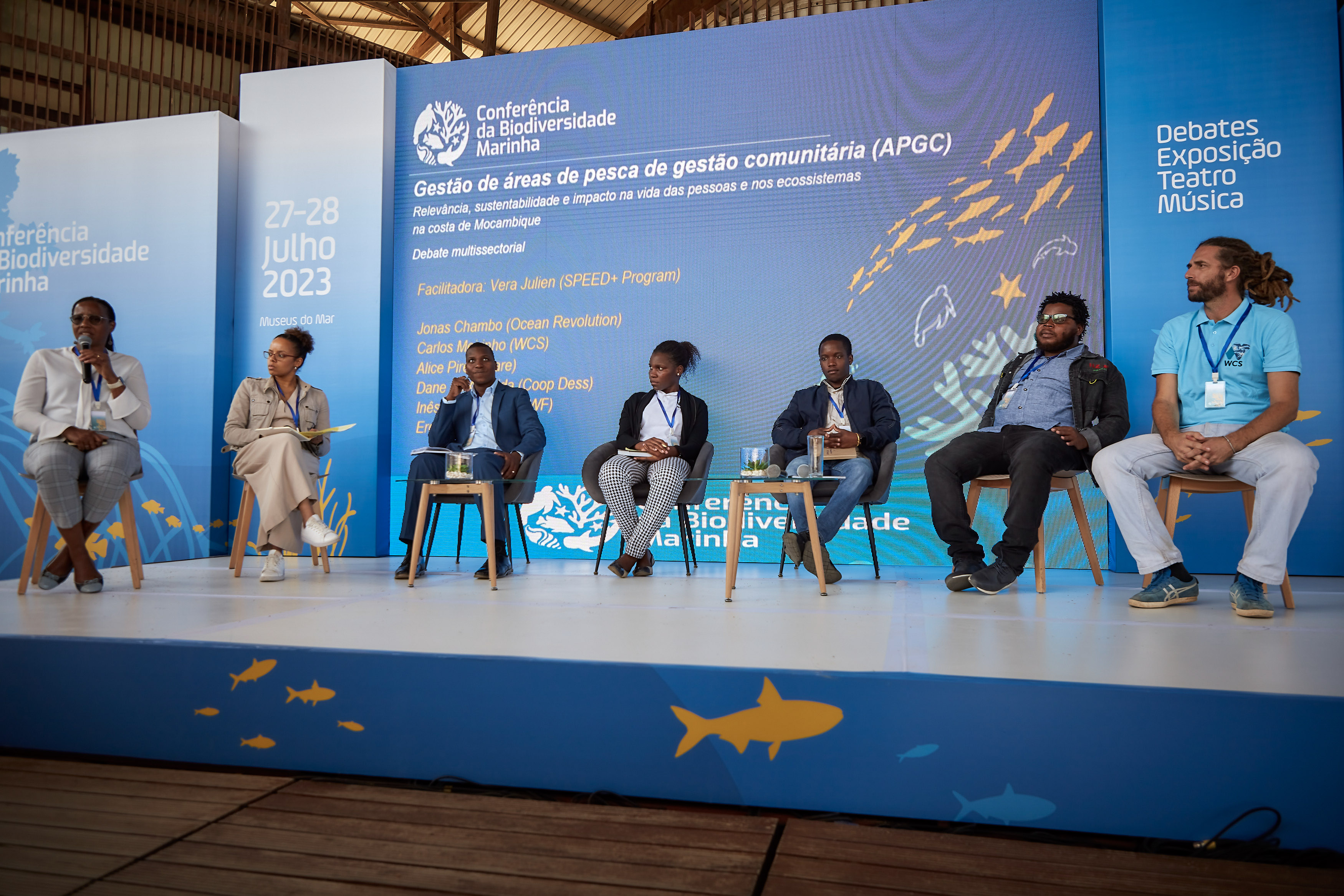The first Marine Biodiversity Conference was held on 27 and 28 July 2023 in Maputo, at the Sea Museum, and tit also included an exhibition lasted till 2 August. This event is integrated in the Blue Future Project that is implemented in Mozambique by the Wildlife Conservation Society (WCS) and its partners (ADPP, AMA, UEM, BIOFUND, ProAzul and InoM). The opening ceremony was attended by the Minister of Sea, Inland Waters and Fisheries, Lídia Cardoso, and the implementing partners of the Blue Future Project, with emphasis on the Director of WCS Mozambique, Afonso Madope, and the Vice President of BIOFUND, Jorge Ferrão, among other individuals.

In total, 290 people attended the first day and 175 the second, with a significant participation of young public. The exhibition was attended by 470 people, mostly young, with 85 involved in recycling activities. This conference and exhibition on ecosystem-based adaptation, marine protected areas and marine biodiversity conservation in Mozambique was led by the Foundation for the Conservation of Biodiversity (BIOFUND) in collaboration with the Ministry of the Sea, Inland Waters and Fisheries (MIMAIP), the Museums of the Sea, the Wildlife Conservation Society (WCS), the Peace Parks Foundation (PPF), the Italian Cooperation (AICS), with financial support from the Blue Action Fund, the Government of Sweden, the World Bank/Mozbio 2 Project, and the Italian Agency for Development Cooperation (AICS).

In his speech, the Country Director of WCS Mozambique mentioned that this conference is based on debate and discussion to promote and create new partnerships, new concepts and approaches, new horizons that give more hope for a healthy future of our marine ecosystems so important and relevant on the world map, such as coral reefs, seagrass, mangroves and underwater mountains, but that can also integrate a full development of the poorest communities that paradoxically live in places so rich in biodiversity.

The event is intended to take place on an annual basis, the first to be held at least over five years, and will include discussion sessions, inspiring talks, artistic demonstrations, an exhibition, and a 3D marine life experience, to combine science and culture to raise awareness and engagement in marine biodiversity conservation actions. The target audience is representatives from government, civil society, the private sector, local communities and academia, paying particular attention to children and young university students.